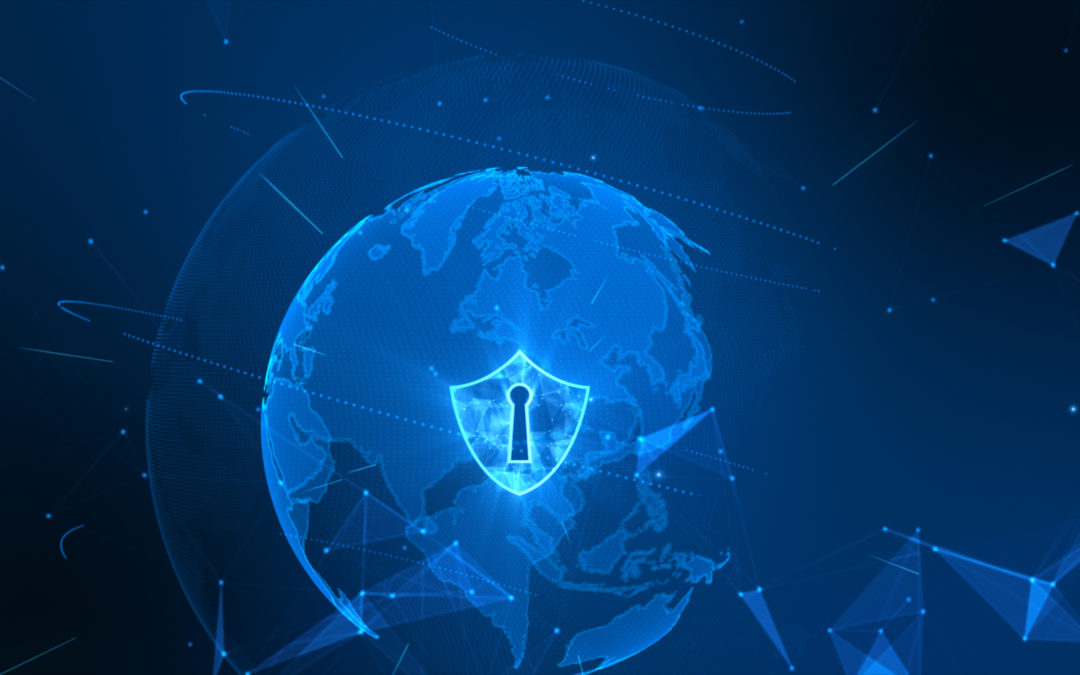When San Francisco wanted to understand more about the pockets of poor air quality plaguing the downtown area, they turned to a unique way of modeling the real world digitally. Using a digital twin, the city monitored the air quality, along with the travel patterns of cars on city streets and boats in the port.











